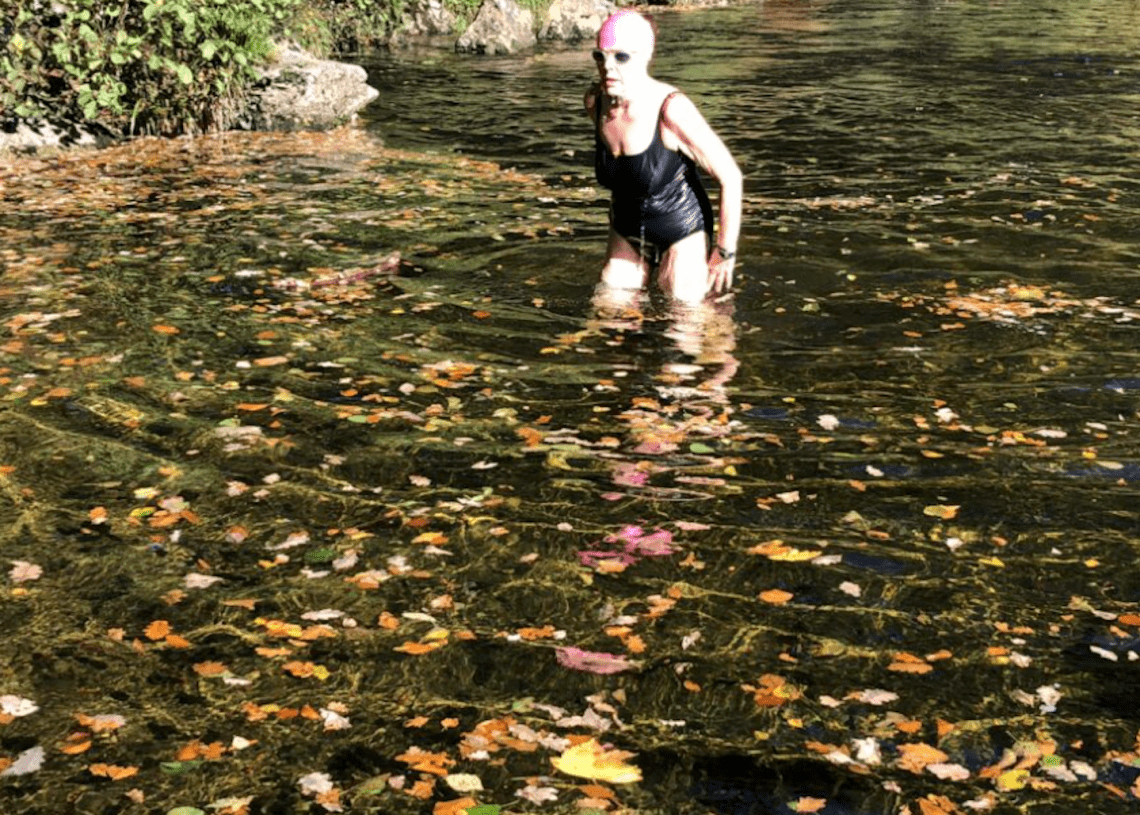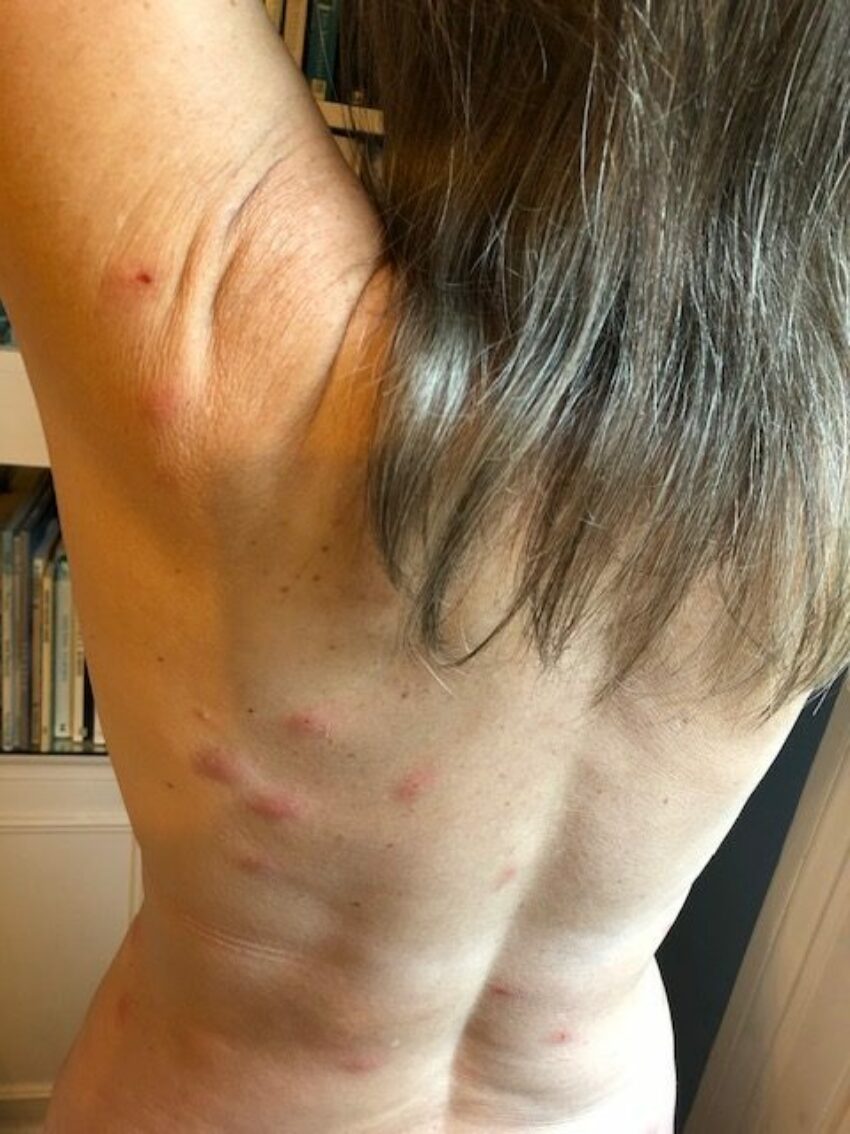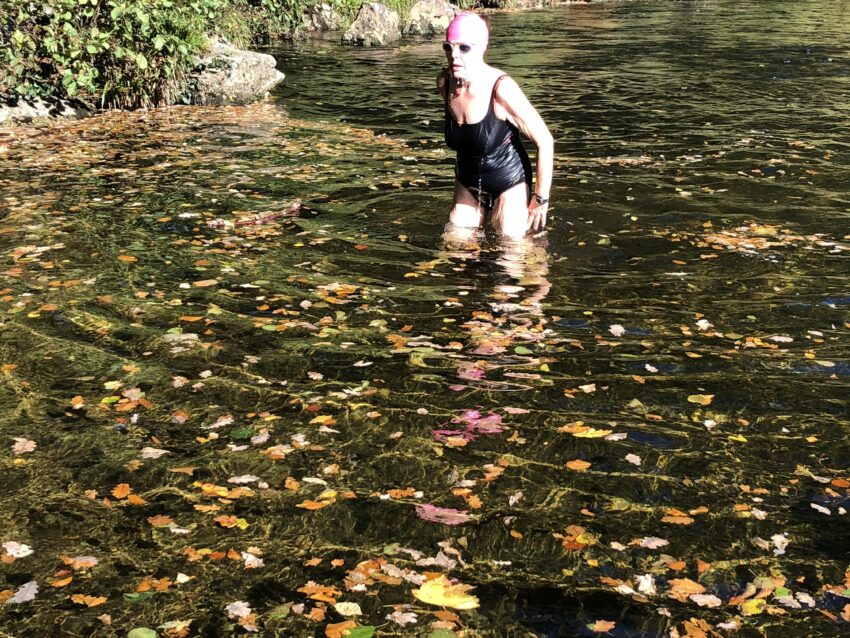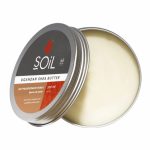
Swimmer’s Itch – protective measures, detection and treatment
Susie Symes is your guide to protecting yourself against cercarial dermatitis, also known as swimmer’s itch
Swimming at sunset, walking across moors or city parks to splash into dawn: these are glimpses of paradise for an outdoor swimmer. Sadly, in summer, there is a serpent in our garden: a tiny, fork-tailed, wormy parasite.
This parasite (of the family Schistosomatidae) causes ‘swimmer’s itch’ or more correctly cercarial dermatitis: an allergic reaction to the parasite – in its cercarial stage – burrowing into your skin.
These parasites normally live in waterfowl. As lakes and rivers warm up in summer, parasite eggs leave the host bird for an intermediate host, an aquatic snail. Eventually the cercaria hatches and sets off to find a waterfowl host to begin the cycle again.
The cercaria might, on its journey, meet a human swimmer. Mistaking the swimmer for a desirable duck, the confused parasite burrows into the outer layer of human skin. The parasite soon dies, as it cannot live in a human. But – usually after a few hours, though it can take up to two days – the unfortunate human reacts: the skin breaks out in red, itchy lumps. These may stay itchy for several days, sometimes causing sleepless nights.
Even in infected waters, not all swimmers are affected. Some don’t get bitten – more accurately, burrowed into – and others do not react strongly. Generally, people become sensitised: on re-exposure, they react faster and more severely.
My own experience was bad, though fairly typical. Having proudly swum through ice this winter, without even a wisp of neoprene, I was eager to celebrate my first anniversary swimming outdoors. I’d planned on cake, not on literally marking the 52 weeks with 52 nasty red bumps on my body. First a strange prickly sensation, then the first red eruption a few hours later. They were everywhere, even under my swimming costume. I was miserable.

Preventing the Itch
Unfortunately, as I learnt from Dr Sweta Rai of the British Association of Dermatologists, the only guaranteed way to avoid swimmer’s itch is not to swim in affected waters.
Plaintively I pressed Dr Rai. She suggested a full wetsuit. This wasn’t what I wanted to hear. An exhaustive search of the professional literature confirmed her expert advice.
Many swimmers won’t wear wetsuits. Few have a choice of places for a daily dip. What can we do, to keep swimming where there have been outbreaks of swimmer’s itch?
Protective measures
Having heard swimmers swapping suggestions, from basting themselves with coconut oil to not feeding swans, I turned to Susannah Fraser FRCP, a Consultant Dermatologist, for some myth busting and practical advice.
Like Dr Rai, Dr Fraser emphasised the only protection against swimmer’s itch is not to swim in affected waters. She too advised a wetsuit. A lighter but less effective option would be a kneesuit or tri-suit. A rash vest could also help.
Various protective creams are advertised, but I found none with randomised control trials to show whether they are effective.
Detection and Treatment
The first symptoms of itching, or burning, appear within a few hours, then papules or raised spots start to erupt. Because the spots are delayed, swimmers may not associate them with open water, or may mistake them for insect bites. Open water swimming, together with symptoms and rash, should help both swimmer and their GP to a definite diagnosis.
According to Dr Fraser, the best treatment once infected is an emollient (moisturiser) or anti-itch cream.
It is also useful to carry an over-the-counter antihistamine, to swallow immediately symptoms appear, as Dr Fraser says this should definitely help. People who react especially badly could consider an antihistamine to be taken before swimming. I also carry dual-action antiseptic and anaesthetic gel to treat each red spot as it appears,
A topical steroid cream can be effective: mild 1% hydrocortisone, or the slightly stronger Eumovate, can be bought over-the-counter, but should be used sparingly, for a week at most, to reduce the risk of skin thinning.
Creams such as E45 and Aveeno will both soothe and hydrate. I use Sudocrem, though Dr Fraser warns that some people react to its fragrance. Calamine lotion is often soothing. Try Aqueous Calamine Cream, or keep some Aloe Vera lotion in the fridge.
Don’t scratch, it can cause infection. If the itching becomes intolerable don’t ice, but use cold compresses on the spots. Avoid hot baths or showers as heat irritates the spots.
In extremis, get into a cold bath to take heat and itching away. Cold water swimmers can count it as training!
Can we clean up affected waters?
Swimmer’s itch is a growing public health issue worldwide, yet research has focused on identifying various species of parasite, rather than how many people, and what waters, are affected. More infection in the UK will affect tourism, watersports, and raise costs to the NHS. Attempts in other countries to eradicate the parasites have been expensive and largely unsuccessful.

As a swimmer and occasional triathlete, Dr Fraser recognised our plight. What other measures might one try?
- Shower straight after swimming, if possible
- Don’t leave skin wet, don’t let it dry off naturally
- Towel dry immediately
- Vaseline on the body before swimming could act as a barrier, so worth considering
- Swim in deeper, cooler water (snails hang out in shallower waters and greenery)
- Wear SPF 50 waterproof sunscreen, with good UVA protection. (All outdoor swimmers should do this, but there is no firm evidence it will help protect against parasites)
- Avoid early morning swims (when it is thought snails release the parasites)







